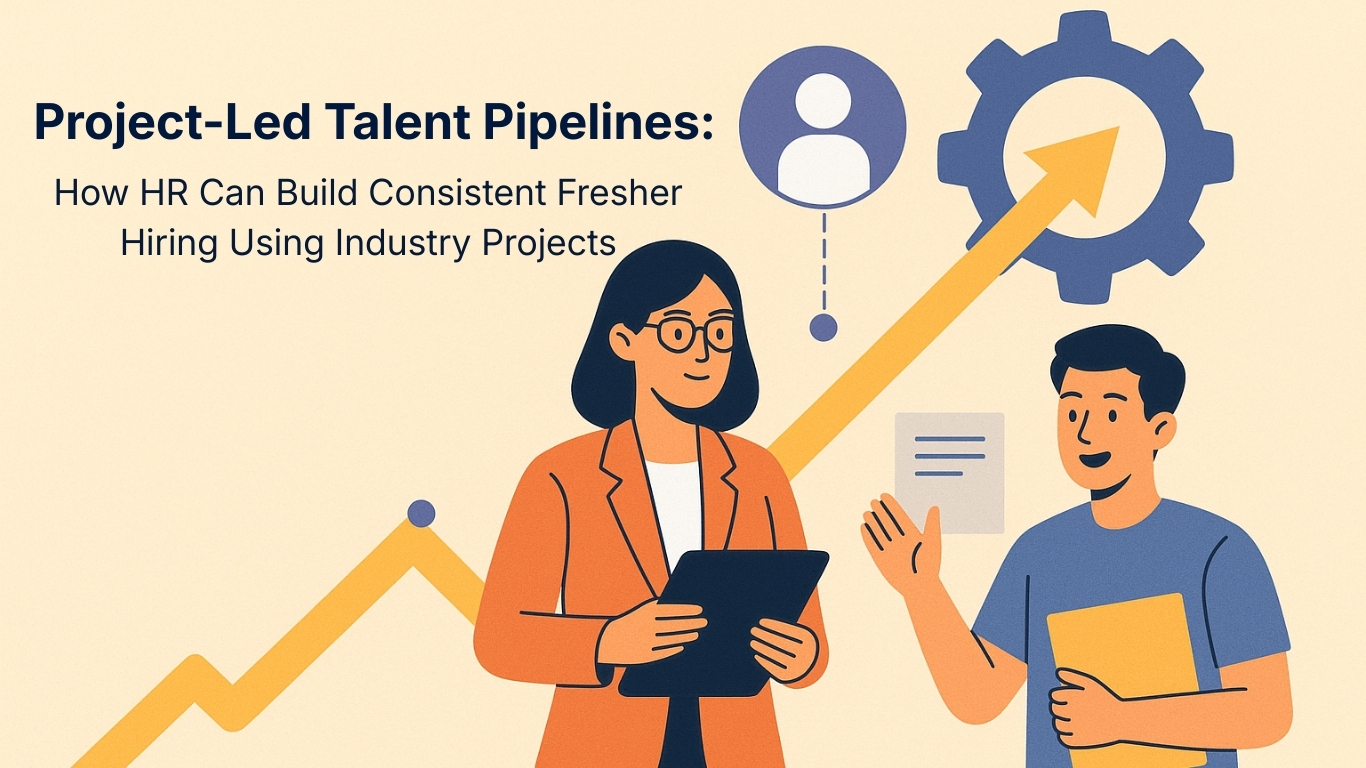Prepare for your next interview with these top 30 .NET developer questions and answers. Master key concepts, frameworks, and best practices to boost your confidence and succeed.
1. What is .NET Framework?
Microsoft developed the .NET Framework as a software development platform. It builds, deploys, and runs applications on Windows. Consequently, it includes a large class library called Framework Class Library (FCL) and provides language interoperability across several programming languages.
2. Explain the differences between .NET Framework and .NET Core.
The .NET Framework, available since 2002, supports only Windows. In contrast, .NET Core is a cross-platform version supporting Windows, Linux, and macOS. Additionally, .NET Core is open-source and modular, while .NET Framework is not.
3. What is the Common Language Runtime (CLR)?
The CLR is a core component of the .NET Framework, providing a runtime environment for executing .NET applications. It handles memory management, security, and exception handling, among other functions. As a result, it ensures that the code runs in a managed execution environment.
4. What is the role of the Just-In-Time (JIT) compiler in .NET?
The JIT compiler converts the intermediate language (IL) code into native machine code just before execution. This allows the .NET applications to run efficiently on any supported platform. Moreover, it optimizes the code during this compilation process.
5. Describe Managed Code.
Managed code executes under the CLR, which provides services like garbage collection, exception handling, and type safety. Therefore, it is more secure and robust compared to unmanaged code.
6. What are the main components of the .NET Framework?
The main components include the CLR, FCL, and ASP.NET. Furthermore, it encompasses ADO.NET for data access, WPF for desktop applications, and WCF for service-oriented applications.
7. What is the difference between value types and reference types in .NET?
Value types are stored in the stack, and their values are copied when assigned to another variable. Reference types are stored in the heap, and the reference (or pointer) is copied when assigned. As a result, changes to one reference type variable affect all references.
8. What is ASP.NET?
ASP.NET is a framework for building web applications and services with .NET. It allows developers to create dynamic web pages, web services, and web APIs. Consequently, it supports both Web Forms and MVC architectural patterns.
9. Explain the MVC architecture.
MVC stands for Model-View-Controller. It is a design pattern that separates an application into three main components: the model (data), the view (user interface), and the controller (business logic). As a result, it helps manage complex applications by promoting a clean separation of concerns.
10. What is ADO.NET?
ADO.NET is a set of classes in the .NET Framework that facilitates data access. It supports connection to databases, executing commands, and retrieving results. Therefore, it is essential for database operations in .NET applications.
11. What is the Global Assembly Cache (GAC)?
The GAC is a machine-wide code cache that stores assemblies specifically designated to be shared by several applications on the computer. Consequently, it allows multiple versions of the same assembly to coexist and be used by different applications.
12. Explain garbage collection in .NET.
Garbage collection is the process of automatically freeing up memory by destroying objects that are no longer in use. The CLR manages this process and periodically performs garbage collection to reclaim memory. As a result, it helps in efficient memory management.
13. What is LINQ?
LINQ (Language Integrated Query) is a feature in .NET that allows querying of collections directly in C# or VB.NET. It provides a consistent syntax across different data sources like arrays, databases, and XML. Therefore, it simplifies data querying and manipulation.
14. What is the difference between IEnumerable and IQueryable?
IEnumerable is used for in-memory collection and supports deferred execution. IQueryable is used for querying data from out-of-memory data sources like databases, allowing for efficient querying by translating queries to the data source’s native language (e.g., SQL). Consequently, IQueryable is more suitable for remote data queries.
15. What is an assembly in .NET?
An assembly is a compiled code library used by .NET applications. It can be a .dll (dynamic link library) or .exe (executable). Assemblies contain metadata, code, and resources, enabling modularity and versioning. As a result, they are fundamental building blocks of .NET applications.
16. Explain the concept of delegates in .NET.
Delegates are type-safe function pointers in .NET, allowing methods to be passed as parameters. They define callback methods and implement event handling. Consequently, they enable flexible and reusable code design.
17. What is the difference between early binding and late binding?
Early binding occurs when the method to be called is determined at compile-time, leading to better performance and type safety. Late binding occurs at runtime, which is more flexible but less performant and type-safe. Consequently, late binding is typically used in scenarios requiring dynamic behavior.
18. Describe the .NET Standard.
The .NET Standard is a set of APIs that all .NET implementations must provide, ensuring compatibility across different .NET platforms like .NET Framework, .NET Core, and Xamarin. Therefore, it promotes code sharing and reuse.
19. What is dependency injection?
Dependency injection (DI) is a design pattern used to achieve Inversion of Control (IoC) between classes and their dependencies. It involves providing dependencies through constructors, properties, or methods. Consequently, it enhances testability, maintainability, and flexibility of code.
20. Explain the difference between authentication and authorization.
Authentication verifies the identity of a user, while authorization determines what an authenticated user is allowed to do. Consequently, authentication precedes authorization, ensuring users are who they claim to be before granting permissions.
21. What is the role of the app.config/web.config file?
The app.config (for desktop applications) and web.config (for web applications) files configure application settings, including database connections, service endpoints, and other configuration data. Consequently, they allow for easy management of application settings.
22. What is Entity Framework?
Entity Framework (EF) is an Object-Relational Mapper (ORM) for .NET. It enables developers to work with a database using .NET objects, eliminating most of the data-access code that developers usually need to write. Consequently, it simplifies database interactions.
23. What are extension methods?
Extension methods allow developers to add new methods to existing types without modifying them. They are static methods defined in static classes, providing a way to extend functionality. Consequently, they promote code reusability and cleaner code design.
24. What is the difference between abstract classes and interfaces?
Abstract classes can provide implementation for some methods, while interfaces can only declare methods without any implementation. A class can inherit from only one abstract class but can implement multiple interfaces. Consequently, interfaces are more flexible for multiple inheritance scenarios.
25. Explain asynchronous programming in .NET.
Asynchronous programming in .NET allows code to run tasks without blocking the main thread, improving application responsiveness. It is implemented using async and await keywords in C#. Consequently, it is essential for creating scalable and efficient applications.
26. What is a RESTful API?
A RESTful API adheres to the principles of REST (Representational State Transfer). It uses HTTP methods (GET, POST, PUT, DELETE) for CRUD operations and is stateless, meaning each client request contains all the information needed to process it. Consequently, it is widely used for web services.
27. What are generics in .NET?
Generics allow developers to define classes, methods, and data structures with a placeholder for the data type. They promote code reusability and type safety by allowing the same code to work with different data types. Consequently, they eliminate the need for type casting and runtime errors.
28. What is SignalR?
SignalR is a library for ASP.NET that adds real-time web functionality to applications. It allows server-side code to push content to connected clients instantly, enabling features like live chat, notifications, and real-time updates. Consequently, it enhances user interactivity.
29. What is the difference between .NET Core and .NET 5/6?
.NET Core is the cross-platform, open-source framework introduced by Microsoft, while .NET 5/6 is the continuation of .NET Core, unifying the .NET ecosystem into a single platform. Consequently, .NET 5/6 includes improvements in performance, new APIs, and greater platform support.
30. What are microservices?
Microservices are a design architecture where a large application is divided into small, independent services, each running in its own process. They communicate through APIs and can be developed, deployed, and scaled independently. Consequently, they enhance modularity and scalability.
Conclusion
Understanding these fundamental .NET concepts is crucial for any aspiring .NET developer. As a .NET developer, mastering these topics will significantly enhance your interview performance. Thorough preparation on these .NET developer essentials ensures you grasp key concepts, frameworks, and best practices. Consequently, your chances of succeeding in an interview improve greatly. With a solid understanding, a .NET developer can confidently address questions on various aspects of the framework, showcasing their expertise and readiness for the role. So, focus on these .NET developer fundamentals to stand out as a skilled and knowledgeable .NET developer.





